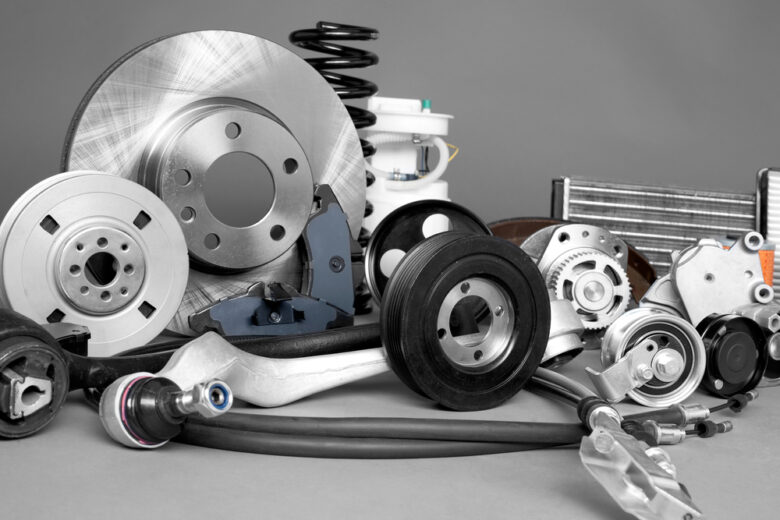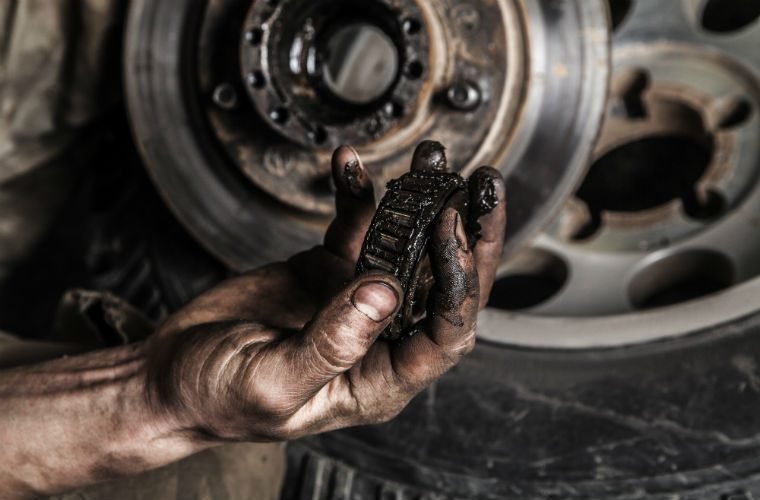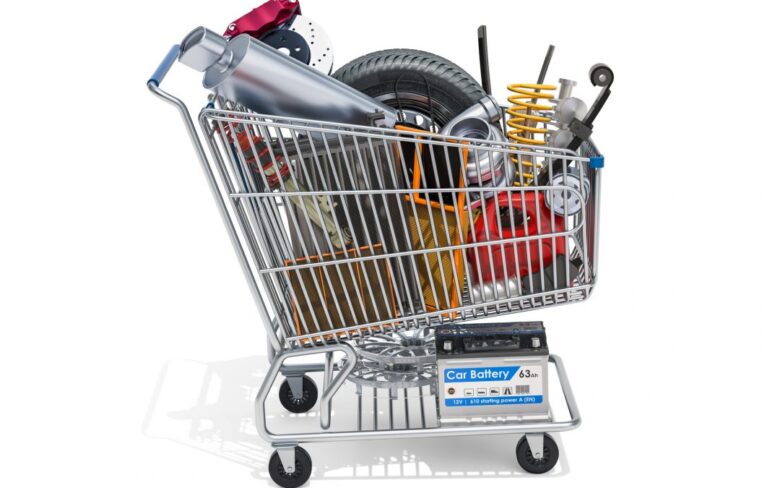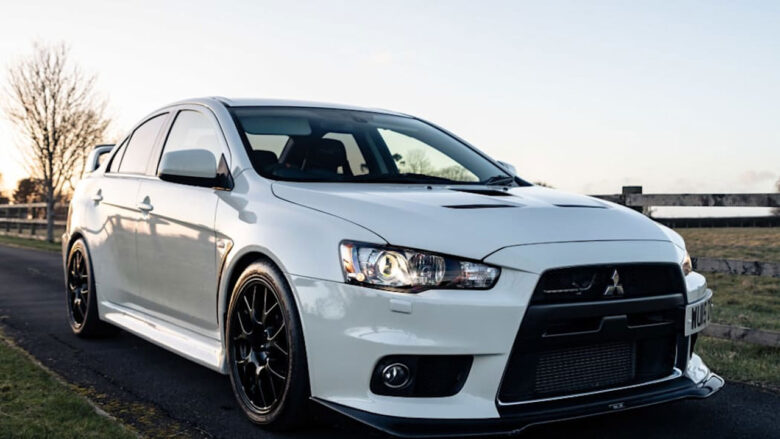In Australia, used car parts are used every day. This is partly because most parts are manufactured overseas (in Japan, Germany, Malaysia, and China) and delivery times can be weeks or even months. Mitsubishi stopped building cars in Australia in 2008, but before that most models were imported from Japan, Thailand, and the Philippines. While some new parts are kept in stock here, most need to be ordered and sent from overseas (and during this uncertain period of COVID-19, that has only made overseas shipping slower).
Price is an even bigger factor, and the savings when purchasing used parts are significant. The Australian vehicle fleet, with an average age of 10.6 years old, is by no means the oldest in the world, but older cars require more maintenance, so mechanics and smash repair shops happily go to either local used part dealers and online sites to save vehicle owners money.
There are many reasons why used parts are the preferred option, but there are also some cons that should be considered before purchasing used parts.
Pros for buying used parts

- Availability. As vehicles get older (10 years or more), parts availability can become an issue. Manufacturers are only obligated to ensure there are new parts available up to 10 years after the vehicle model was sold off the showroom floor. Parts may be discontinued, especially for models sold in small numbers; going used might be the only option.
- Lower prices. New parts will invariably be more expensive than used parts. It might be difficult to justify the outlay of a new part for an older car, be it an alternator, bumper bar, headlights, and so on. But a used part will be much cheaper and therefore the most economical option.
- Shorter waiting times. If a part is needed urgently, buying used might be the only choice. When a local wrecker or vehicle dismantler has the part in stock, it can be picked up the very same day. Likewise, if an interstate wrecker or parts trader has the part that is required, it can be sent out on the same day or the next day. New parts may need to be ordered from overseas, taking weeks or even longer to arrive.
- Higher quality and reliability. As already mentioned, the new genuine part may not be available anymore for older models. Aftermarket replacements are sometimes a (slightly) inferior quality. Used genuine parts at the very least are a known entity and therefore the preferred option over a new aftermarket pattern replacement, where they are built to be sold at a lower price. Your mechanic or smash repairer likely has a reputable source for finding good used parts.
- Reuse, reduce, recycle. There are significant environmental benefits when considering used car parts. The energy saved in the manufacture of parts, as well as the material, can be very great indeed. Additionally, the less scrap and waste, the better.
Cons for buying used parts

- Shorter (or no) warranty. This will put most people off, especially for mechanical replacement parts. Depending on the part, some sellers will offer a warranty ranging from just 30 days to a generous 12 months (though a warranty of this length might need to be purchased additionally).
- Questionable reliability. Without knowing the history of the part, you might get unlucky and end up with a part that has had a hard life. Unfortunately, that is a gamble when considering used parts, and taken into account when considering the previous point about warranties.
- Too much choice. It can be overwhelming trying to decide which option is best; the part’s price, age, and mileage (if known) all play a part in its potential purchase, and for the uninitiated or inexperienced, it can be a scary proposition.
- Sellers. While most sellers in Australia are professional vehicle dismantlers (some even specialists in a particular marque like Mitsubishi), private sellers might try to pull the wool over your eyes and mislead you. Not all will be like that, but it is worth keeping in mind.
Hints and Tips

If you take a few precautions before buying used parts, a lot of headaches can be avoided in the future.
- Buy from a reputable source. If given the choice between buying from a trader only dealing with used parts, or a private seller scrapping a car, and you have no prior experience with used parts, go to the business. You will probably get a warranty, and be given a guarantee the part you need is the correct one.
- You get what you pay for. This old adage applies to both new and used parts. You probably want to save money by considering used options, but you still have to expect that if a part is practically being given away, it’s for a good reason. Quality used parts may come with a slight premium over knackered options, but the savings will still be worthwhile compared to new ones.
- Be as informed as possible. If purchasing the used parts yourself, make sure you have as much information as possible; the VIN (vehicle identification number) is essential to ensure correct part compatibility, along with the actual part number. Parts can be used across a range of different models, so it can help widen the search for a part. Research the business (or source) you are buying from and enquire about any warranty that comes with the part in question.
- Sometimes, new is better. There are some parts that should never be bought used; Relatively cheap consumables like brake discs and pads, are some examples. Shock absorbers should be bought new unless you can guarantee the age and quality of used examples; they’re an essential safety component like your brakes and, in the grand scheme of things, relatively cheap to buy new.
Conclusion

Buying used parts for your Mitsubishi (or any vehicle for that matter) doesn’t need to be intimidating if you take a few precautions and go in with your eyes open. You stand to save a lot of time and money if buying used. You will also save a lot of headaches if you take on board the advice here.


